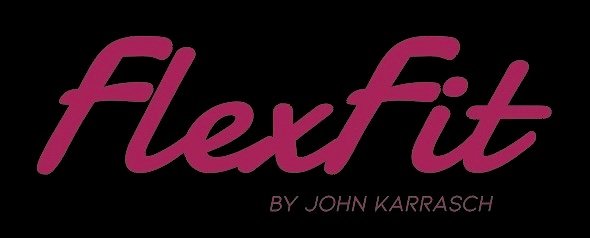I see articles from time to time on bar height and while they are good material they often leave you with a couple take home points:
It depends on the rider
Go see a professional bike fitter
Both are correct but I want to go a step further here in the interest of helping riders learn more about how their body affects their position. Knowledge is power, or something like that.
This is mostly applicable to road and triathlon/TT folks as the bars tend to be much lower than on a mountain bike or hybrid. Lower bars have some definite benefit in regard to aerodynamics and power production...as long as the position suits your individual anatomy!
Here we are. We want to know where the bars go. First you should make sure you are happy with your seat position THEN mess with the bars. If you are unsure, take some time on Steve Hogg’s website, then set your seat where it is comfy and powerful...complicated, I know.
https://www.stevehoggbikefitting.com/bikefit/2011/02/seat-height-how-hard-can-it-be/
From here, the three biggest limitations to riding lower bars I see are:
Hip flexion - How far your knee can rise up towards your chest
Neck extension - How far your head can tilt back (imagine the last sip of a canned drink)
Hamstring flexibility - How far you can bend over toward your toes
To test all this I would check each thing in order from bar tops, to hoods, then drops. Also worth checking is the aero hood position many riders use. Hands on the hoods then drop your elbows to where your forearms are level to the ground and you look more like you are on a tri bike. If any of these tests give you trouble in the lowest positions(drops or aerobars) you might have your bars too low. Conversely, if you have plenty of motion leftover, maybe you can try a bit lower! Slam that stem! Well, sometimes. Maybe. Let’s move on.
You can test all this on a trainer (in front of a mirror is great) or a safe, flat road free of traffic. For the leg tests, try left AND right.The idea here, is for a repetitive activity, don’t work to the absolute limits of your flexibility. Much like a savings account, a bit of a surplus is a good thing!
Hip Flexion - In your chosen bar position, stop with one knee at the top of the pedal stroke (cranks should be in line with seat tube) with foot unclipped but resting on top of the pedal. Slowly raise the foot off the pedal and the knee rising towards your chest. You should be able to do this without discomfort or difficulty. Also maintain the same back position...don’t curl up in a ball.
Neck extension - While riding and looking up the road as you normally would, tilt your head up without changing your torso or arm position like you wanted to see the sky. If you can’t do this...TOO LOW.
Hamstring flexibility - With one leg at the bottom of the pedal stroke (cranks should be in line with seat tube) and knee slightly bent try to lean your torso forward some more (starting from the bar top position and moving gradually lower). If the back of your leg tightens up right away, you might be close to too low.
After checking these, you will have a better idea of how YOUR anatomy affects YOUR bike position and will be better able to make decisions on your fit. An individualized approach helps us move beyond the answer “it depends”. For each of the tests, there are multiple factors at play, but the beauty of these is we don’t have to obsess over twenty different things!
If you have limitations, it is not bad news...it is simply how you are TODAY. That can change with some focused mobility and strength work over 3-4 weeks. Kit Laughlin’s YouTube site is my favorite one stop shop for improving flexibility. https://www.youtube.com/user/KitLaughlin
Whatever position you choose, you should feel relaxed and powerful while riding. If you make a position change, give it a couple rides before making a decision.
Riding goals and duration are also factors. A dedicated criterium racer will likely ride lower than a new rider looking to knock out their first century. Looking pro is great but the real priority is being able to perform. Good luck and as usual, hit me with any questions.
Hip Flexion
Neck Extension
Hamstring Flexibility



